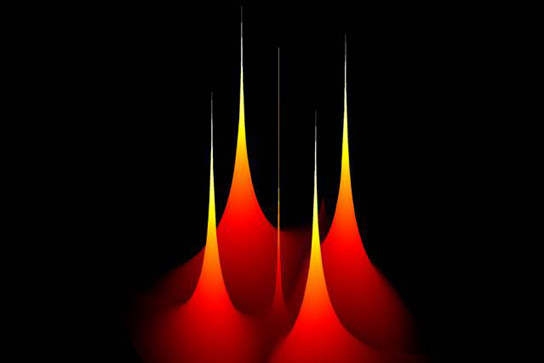The funny thing is that you didn't follow the experiment and surprise, surprise, your results are totally irrelevant.
What part of the experiment did I not follow.
Flashlight - check (An infrared flashlight is a flashlight.)
container - check
Shine the flashlight into the container - check
Note that infrared light is entering the container - check
Close the container for 15 minutes - check
put the container in a cool dark place - check
open the container - check
Note that the container has infrared light coming out in direct contradiction to your claim that none of the infrared would be in the box.
You have decided to argue without any evidence that the light leaving is not the light that entered as an excuse for why the experiment fails to achieve the results you claim would happen.
Sure, but you didn't follow the experiment. You lumped all light as being the same.
I will be happy to conduct the experiment again when you tell me how to identify photons so we can track them over time. Until you do that, there is no way to tell where the photons are from in your silly experiment. Or are you saying your experiment is not a valid experiment since you simply assume the results in direct contradiction to the actual results. Since I am the one that conducted the experiment, explain how you tested the photons leaving my container to see where they came from.
Yes it does. It falsifies your claim, which was so absurd on its face that it didn't even need falsifying ... but I falsified it for you anyway.
You can't trap light, and you know this because you won't go anywhere near the topic of photons not traveling at the speed of light. You backed yourself into a very tight corner.
There is one small problem with your claim that it is impossible to trap light. Containers to trap light for extended periods of time exist.
A newly published study from MIT reveals the mechanism responsible for trapping the light, showing that this trapped state is much more stable than had been thought. Researchers at MIT who succeeded last year in creating a material that could trap light and stop it in its tracks have now develope
scitechdaily.com
This could open doors to technologies we thought were impossible.

www.popularmechanics.com
That is what you are doing. You haven't been honest in this conversation. You won't answer the questions posed to you because honest answers would all render your religion false and false answers get immediately flagged as being false, which falsify your premises.
Let me know when you will return to the topic of you explaining why any rational adult should believe your religion.
You have no intention of ever remaining focused on the original topic of discussion, do you?
I see you are angry that your experiment failed because you ignored Stefan-Boltzmann when you set it up. If you want honesty, maybe you should start with yourself and correct your lies about what you have said and what I have said.
First step to honesty - Admit that "light" is not restricted to "visible light."
Second step to honesty - Admit that your experiment has no mechanism to tell the source of light that exits the container.
Third step to honesty - Admit that your assumption (after the experiment) of where the light comes from is not a valid conclusion for your experiment.


